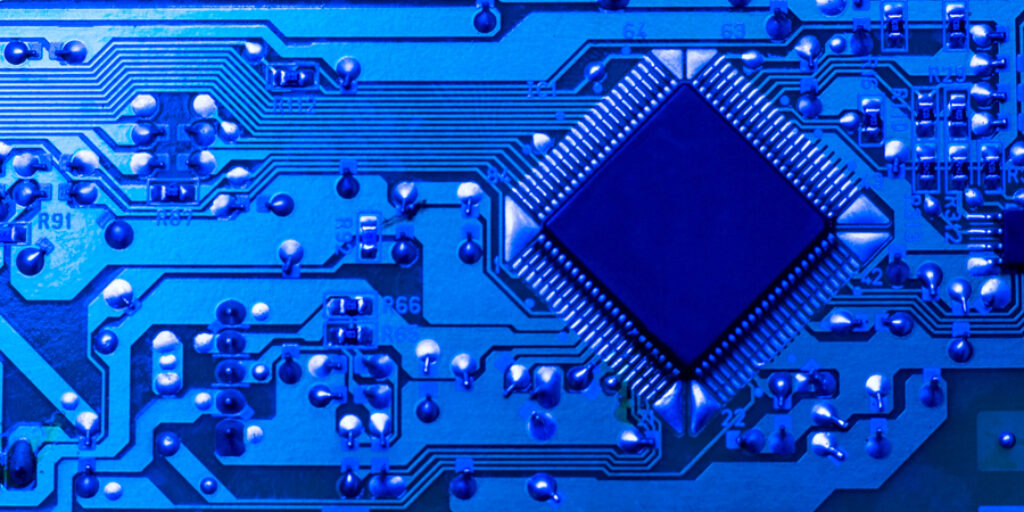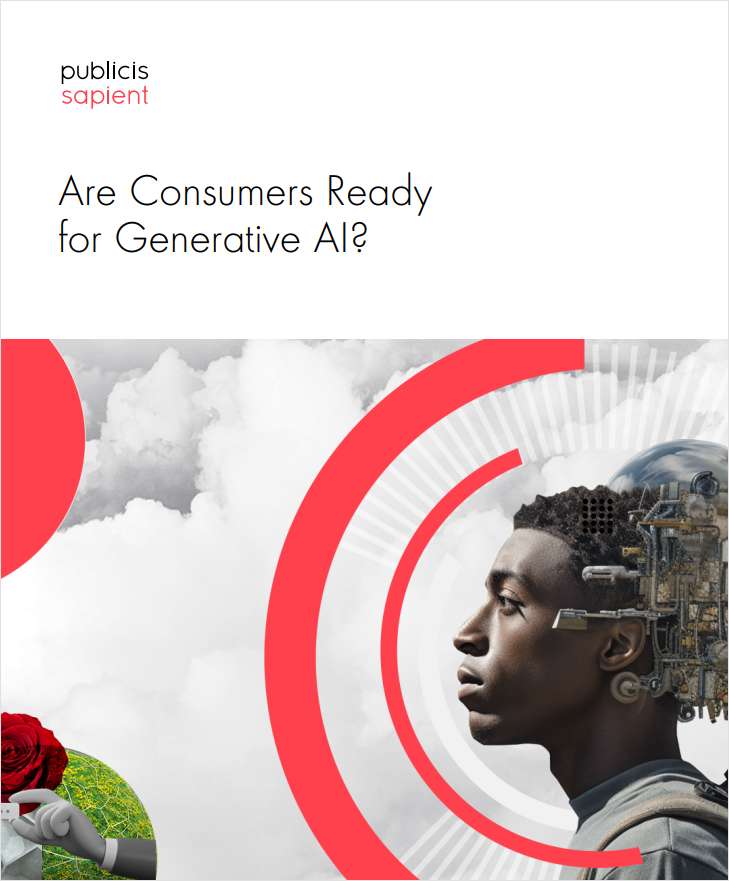In this video from the World Medical Innovation Forum, Jensen Huang from NVIDIA discusses the revolution of AI and Medicine with Keith Dreyer, Chief Data Science Officer at PHS.
Incredible breakthroughs in AI are making it possible for doctors to see disease earlier and better understand it,” writes Abdul Hamid Halabi in the NVIDIA blog. “That’s why NVIDIA founder and CEO Jensen Huang is speaking at the World Medical Innovation Forum (WMIF) this week in Boston. More than 1,000 worldwide leaders in industry and academia will share recent innovations at the intersection of AI and healthcare — this is the focus of Huang’s fireside chat.”
According to Halabi, NVIDIA has been doing great work with healthcare partners for many years.:
- The earliest applications of CUDA, our GPU computing platform, were in medical imaging and life science. Invented 15 years earlier, iterative reconstruction was a new algorithm in computed tomography that promised X-ray dose reduction but was too computationally expensive. NVIDIA GPUs made it possible for GE Healthcare’s family of Revolution CT to reduce radiation by 82 percent.
- Ultrasound has also been revolutionized by GPU computing; GE Healthcare’s Vivid E95 can perform real-time 4D imaging to see blood flow through the heart.
- NVIDIA GPU computing enabled life science researchers at Klaus Schulten’s computational biophysics lab at the University of Illinois at Urbana-Champaign to simulate molecular dynamics at a scale 1,000x larger than otherwise possible. This allowed them to create never seen before views of an HIV capsid and the first ever simulation of an entire life form, that of the satellite tobacco mosaic virus.
- ThermoFisher Scientific engineers accelerated their gene sequencing algorithm by 250x with NVIDIA GPUs, and created the Ion S5 Next Generation Sequencing system — a breakthrough in both cost and time savings to analyze a targeted gene sequence.
- At the University of Stockholm, NVIDIA GPUs enable researcher Erik Lindahl’s RELION imaging application to process and reconstruct 3D images of molecular structures. RELION is the imaging software of the Nobel Prize-winning cryogenic electron microscope. Cryo-EM lets researchers freeze molecules in mid-motion and see biological processes at the atomic level for the first time. The journal Nature dubbed Cryo-EM its scientific “Method of the Year.”
Medical imaging researchers have discovered the power of deep learning. Half of the papers presented at last year’s MICCAI, the leading medical imaging conference, applied deep learning. We’re working with over 300 healthcare startups tackling challenges now possible with deep learning. Together they’ve raised over $1.5 billion. Arterys, Butterfly Networks, RADLogics, Viz.Ai and Zebra are doing exciting work in medical imaging, with many AI recognition models that are now FDA approved.





